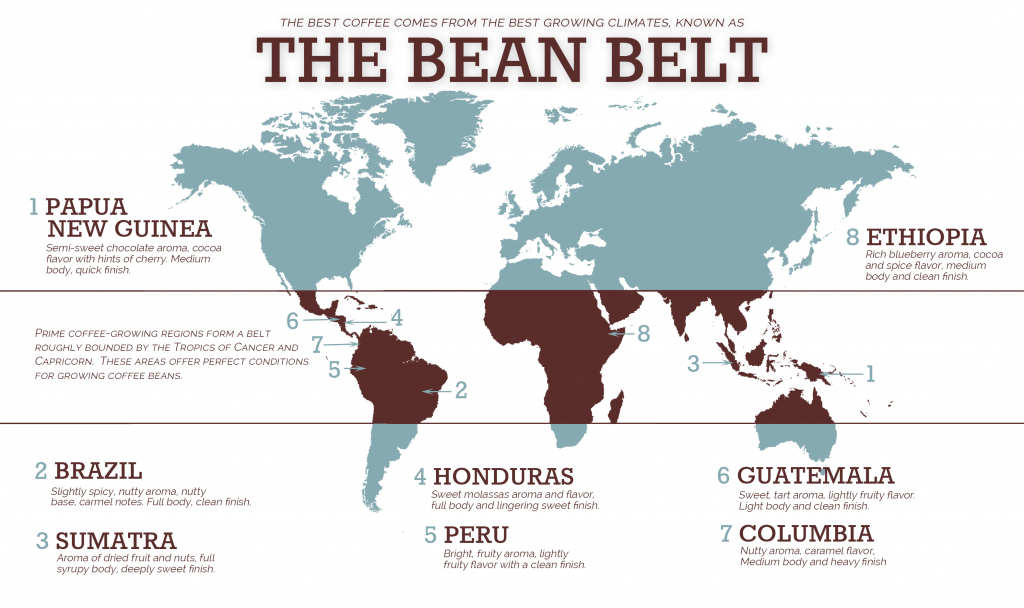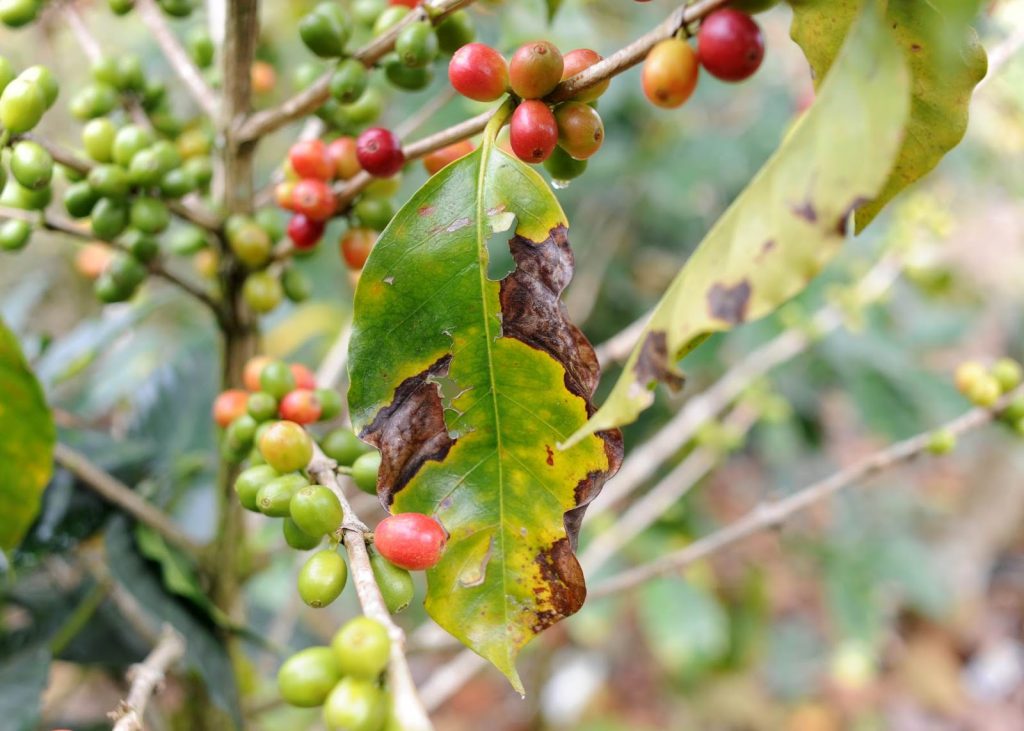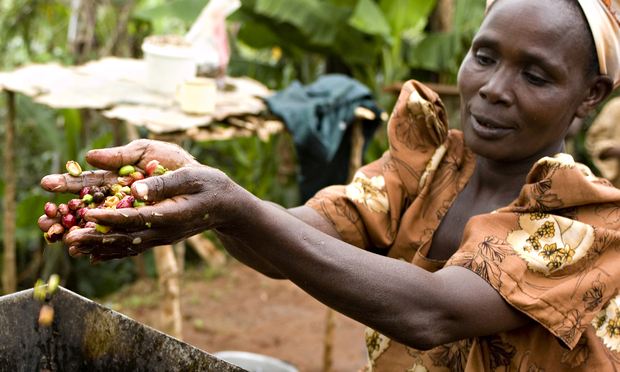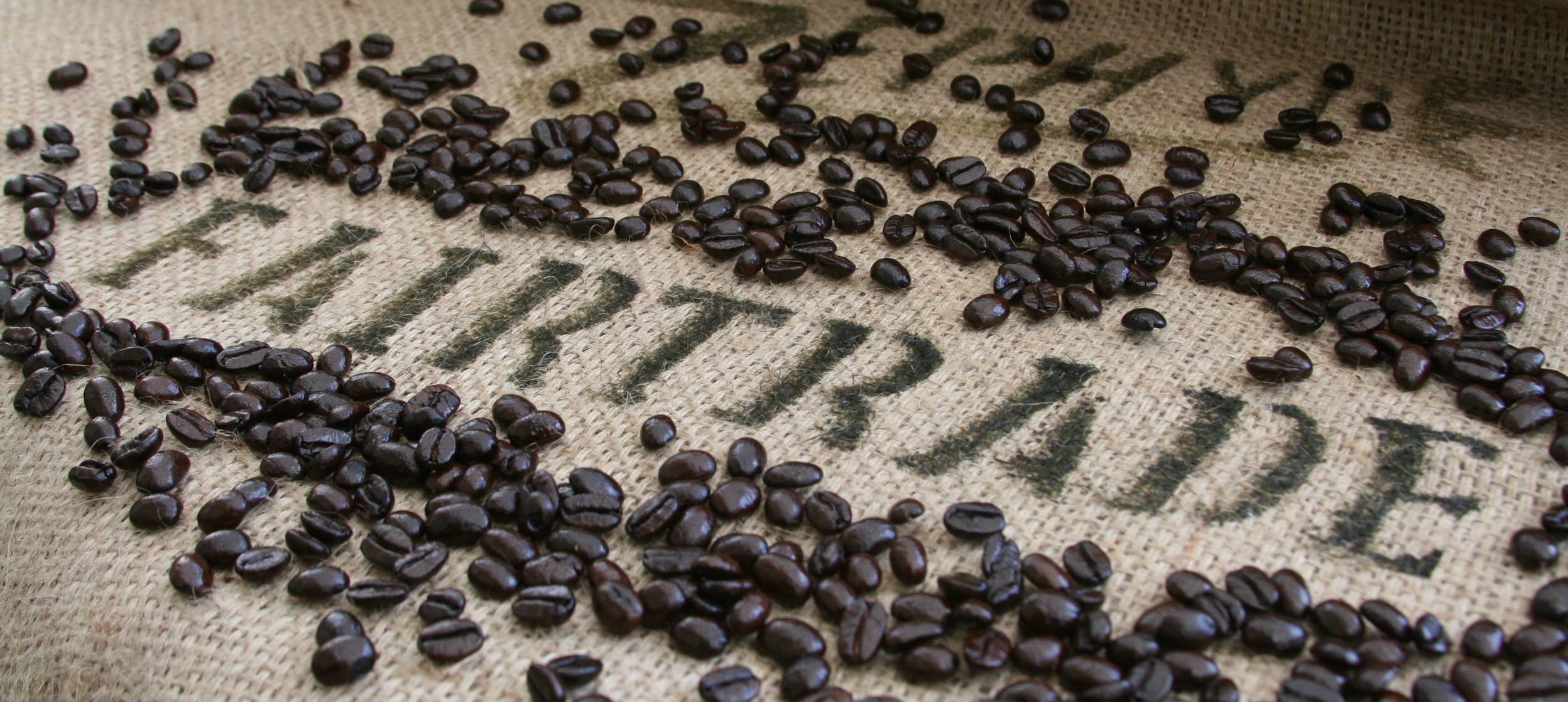The day of coffee extinction is approaching? Experts predict that global coffee production will disappear by half by 2050.
For professional baristas, please follow the coffee workshop (Wechat official account cafe_style)
Coffee is basically easy to get, regardless of taste, and is taken for granted. But will there be no more coffee one day? Can you imagine that even Starbucks doesn't have coffee to buy?
This is not a doomsday prophecy. Coffee will not be extinct in our lifetime, but according to the latest report of Australian climate research organization The Climate Institute, global coffee production will disappear by half by 2050 because of climate change, global warming, drought and torrential rains. In the future, coffee will be in short supply and high in price.
Maybe it's because you can buy coffee as soon as you walk out of the house, which is convenient and reasonably priced, which makes you think that the problem is not serious, but it is already imminent. You can see how urgent the situation is by reading the MUNCHIES report:
At present, coffee in the world is mainly produced by the so-called "coffee belt" (bean belt)-tropical countries near the equator, including Brazil, Ethiopia, Colombia, Vietnam and Indonesia. But as climate change raises temperatures and changes the distribution of rainfall, existing coffee producers will no longer be suitable for growing coffee beans, and even wild varieties such as boutique coffee legendary geisha coffee (Geisha) could become extinct by 2080.

▲ Coffee production around the world is concentrated in the "Coffee Belt" (bean belt), a tropical country near the equator.
Coffee chains such as Starbucks and Lavazza have also warned that climate change is affecting coffee production, but demand for coffee is so high that the world drinks an average of more than 2 billion cups of coffee a day and is growing at a rate of 5 per cent a year.

"at this time, dark clouds are gathering, the situation is extremely serious, and climate change will have a major impact in the short term. This is no longer a matter of the future, it is the present!" Italian coffee representative Mario Cerutti said solemnly at a coffee and climate summit in Milan last year.
How serious is it?
A half-degree increase in temperature will "drastically change the yield, flavor and aroma of coffee", in addition to crop diseases and insect pests, according to a report by Australia's The Climate Institute. In 2012, due to torrential rains at high altitudes and unseasonally warm weather, coffee leaf rust (coffee leaf rust) broke out, destroying half of the coffee beans in Central America, of which up to 85% of the crops in Guatemala were destroyed. A pest called the coffee fruit beetle, which causes a loss of US $500 million a year, was once controlled in Congo and other low-altitude producing areas, but now it can be found at high altitude. and it may explode as temperatures rise.

This will be a nightmare for many coffee manufacturers, especially developing countries such as Guatemala, Vietnam, Nicaragua and Honduras, which rely on coffee exports. Growing coffee in Mexico is likely to be a thing of the past in 2020, most coffee farms in Nicaragua will disappear in 2050, and coffee giants Brazil and Tanzania will also face heavy losses in the coming decades.
However, some losses may be offset by harvests in emerging areas such as the mountains of East Africa, New Guinea, Indonesia and the Andes, but about 25 million of the world's coffee farmers are mainly self-employed small-scale farmland. it is almost impossible for them to leave the equator and move to other high-altitude areas because coffee trees take years to cultivate and most farmers do not have enough capital or time to do so. They are already looking for ways to grow other diversified crops in order to cope with the cost of living in the future.

Is there still hope before things come to an end? A study has found that rising carbon dioxide increases the growth of coffee beans, but the editors say this is ironic and is not sure whether it will make up for the current loss. This report advises people to buy fair trade coffee and consider not drinking capsule coffee (made of non-recyclable materials).

Conclusion
Apart from carbon dioxide accidentally boosting the growth of coffee beans, what else can coffee merchants and farmers do? It may be to expand new planting areas, but some studies have shown that this will hurt more rainforests, while others say that it is necessary to cultivate new species. Coffee beans in the world are mainly divided into three native species, mainly Arabica beans, including a variety of fine coffee. In addition, it is often used to make instant coffee, the more bitter Robota beans and the rare Liberian beans, but Arabica is more fragile, vulnerable to insects and climate attacks. Therefore, some people try to combine the strong and durable Robusta, hoping to cultivate a variety that is both delicious and resistant to disasters, but no one can guarantee when it will bear fruit.
Of course, the most fundamental solution is to stop destroying the environment, but this cannot be done alone. Industry and animal husbandry consume natural resources faster, but if we think about the helplessness of those farmers, we should really try our best to start with ourselves. save energy and reduce carbon, and be conscious consumers.
Important Notice :
前街咖啡 FrontStreet Coffee has moved to new addredd:
FrontStreet Coffee Address: 315,Donghua East Road,GuangZhou
Tel:020 38364473
- Prev

Black Gold: unfair Coffee: BLACK GOLD documents how coffee drives social change
Professional baristas Please follow the Coffee Workshop (official Wechat account cafe_style) many years ago, because of the movie "Blood Diamond", there was a big discussion about the luxury jewelry that caused disaster, exploitation and war in the distance, but Bling Bling around us, even though most of us could not afford diamonds at all. By contrast, coffee is very important to the majority.
- Next

Is the cat coffee environment really suitable for cat people?
Professional baristas Please follow the Coffee Workshop (Wechat official account cafe_style) cats can be said to be the most suitable pets for this busy generation, their sometimes elegant and sometimes silly actions can always capture our upset hearts. I do not know once upon a time, cat slaves, cats and other words have also become common words in life, a variety of phenomena show the popularity of cats, before these
Related
- What brand of black coffee is the most authentic and delicious? what are the characteristics of the flavor of the authentic Rose Summer Black Coffee?
- Introduction to the principle and characteristics of the correct use of mocha pot A detailed course of mocha pot brewing coffee is described in five steps.
- Which is better, decaf or regular coffee? how is decaf made?
- How much is a bag of four cat coffee?
- How about four Cat Coffee or Nestle Coffee? why is it a cheap scam?
- Which is better, Yunnan four Cats Coffee or Nestle Coffee? How about cat coffee? is it a fake scam? why is it so cheap?
- How about Cat Coffee? what grade is a hoax? which instant coffee tastes better, four Cat Coffee, Nestle Coffee or G7 coffee?
- Process flow chart of coffee making-Starbucks coffee making process what coffee tastes good at Starbucks
- The top ten best coffee beans in the world Rose summer coffee or Tanzanian coffee tastes good
- Yunnan four cat coffee is good to drink?_four cat coffee is a big brand? four cat blue mountain coffee is fake?

